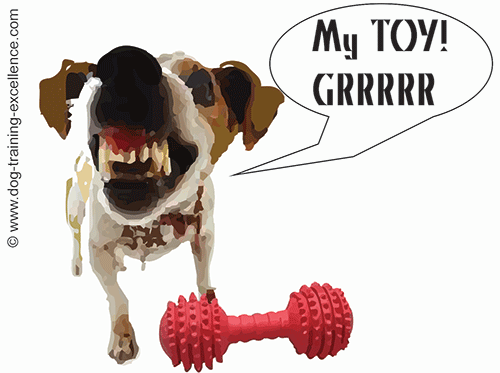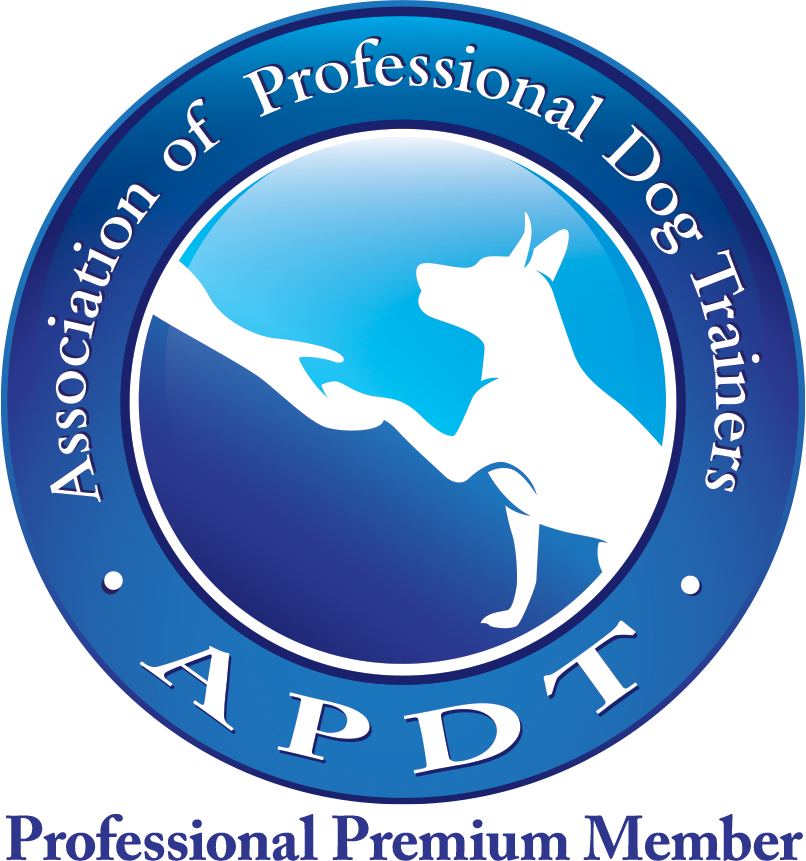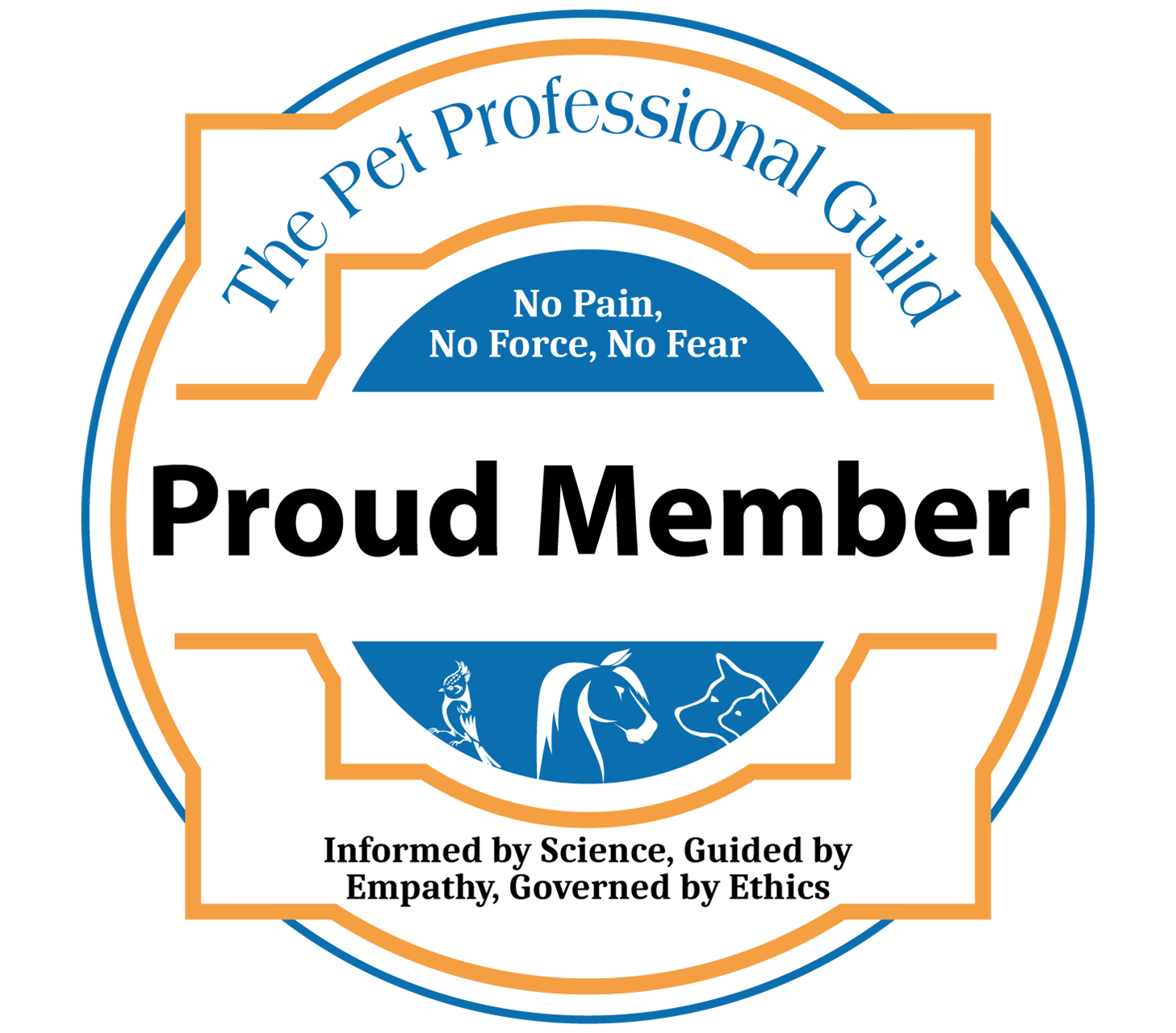I try to write my posts as unbiased as possible and recommend the products I consider to be useful and the best. I use affiliate links, this means that–at no extra cost to you–I can make a commission on a purchase you make after clicking on them. As an Amazon Associate I earn from qualifying purchases.
Dog Barking Control
for Resource Guarding
I will outline a dog barking control program for resource guarding. You will find solutions to stop your dog growling and barking to defend his food, toys, territory or owner. This program has many steps and requires patience because it is a severe problem.
Resource guarding is a type of aggressive dog behavior. Aggression is not always "wrong", it's a normal behavior that happens at the "wrong" time. This guide will get you started and with diligent work you could improve your dog's behavior. I recommend you get the help of a professional and certified pet dog trainer that uses rewards and fear-free training methods.
A reactive dog will always be a reactive dog. This means that even if you see progress, always stay alert. Your dog may become aggressive again in certain situations or after a long break in training.
If you think your pet barks for other reasons (excitement, fear, boredom, etc), visit the Barking Dog main page for more help.
The dog barking control program starts with knowledge
Resource guarding can be mild or very intense. If you have never done any obedience training, read the articles in the list below. They will help you catch up on basic concepts you NEED to know. The list looks daunting, but you will start seeing good changes in your canine friend as you move down the "to do" list.
Your first task is to relax. You are probably feeling frustrated and a little bit scared, staying calm will make you a better trainer. Help your pet relax too; canine massage and physical exercise are good choices to start your dog barking control program.
Your second task is to learn how to be a confident leader. This is not a
competition about dominance. Your pet feels stressed and threatened,
he is by no means trying to be "dominant". By showing your pet that you
are a good care-giver, you will be one step ahead of the game. Read this
article for more information on this. And never take away your dog's
food or toy just to show him who is the boss! This will only make him
distrust you (and it could trigger aggressive dog behavior).
Your third task is to learn about canine body
language. This is important to grasp your dog's internal
emotions before he has to resort to aggressive dog behaviors
like barking, growling, snapping or even biting. Follow the link and
read ALL 4 articles (which have tons of pictures). Then start the dog barking control program by paying
attention and understanding your pet.
Your
forth task is to understand how dogs learn. You will be teaching your pooch many things, understanding the
principles of animal learning will make this task easier. Read about classical
conditioning and operant conditioning.
Your fifth task is to
learn and teach your pet Clicker training and Target training. These two
techniques are very efficient to work with a potentially
dangerous dog. Actually…they are the most efficient techniques to
teach any dog anything! Start practicing by
teaching your dog basic commands. Practicing the basics can help you gather experience before tackling the complicated dog barking control for resource guarding program.
Done? I know it is a lot of reading, learning and practicing. It is worth it and you are on your way to
dog barking control. Just implementing the steps above will change your dog's behavior in a positive way.
Recommended reading
 This is an excellent book that will teach you how to use the clicker to help with dog barking control for resource guarding and other types of aggression as well. |
 This book is a great resource to help your reactive dog. It is written by dog trainer expert Jean Donaldson in way that enables everyone to apply these positive methods. |
Dog barking control for resource guarding key steps
1- Consult a certified trainer.
I have to say this again, if you think your dog might bite you or someone else please contact a certified pet dog trainer. You want the whole process to be safe for everyone and one-on-one help is the best way to do so. Always look for a positive dog trainer.
2- Manage the environment.
If your pet refuses to get
off your bed, keep your bedroom door closed until you are at a level of
training at which you can safely remove your pet on command. Take away all
toys, objects or food items that you know your hound has been guarding.
You and your pet will work together so that at some point those items
can come back, but only when it is safe and you can take them away from
your hound without any aggressive reaction from him.

2- Systematic desensitization and Counterconditioning are the techniques you will be using.
The main
techniques you will use are called Systematic desensitization and
Counterconditioning. Read the articles to get yourself very familiar
with these two concepts. They are long and difficult words, but the
techniques themselves are fairly simple to follow, although practice is
required. You will combine them together to achieve dog barking control for resource guarding.
Systematic
desensitization: This is mostly used for fearful dogs, but it works
very well for guard barking too (since guarding is most often another way to express fear and stress). The idea is to present your puppy with an
item that he might guard but at a "level" at which he won't show any
aggressive dog behaviors. For example, if your dog is growling when he
is eating from his food bowl you might want to start the exercises with
an empty food bowl. You will then escalate the difficulty of the task,
but at each step the dog MUST NOT show guarding reactions. It is very
important to plan the steps very carefully and if at any point you see any dog growling or barking, then you immediately go back to a previous step.
This is why management is so important, you don't want anything laying around that might set your pet back.
Counterconditioning:
This is the same principle as classical conditioning. The difference is
that in this case your canine friend already has an association (a bad
one) with the cue. In the case of resource guarding dogs, the animal
reacts fearfully when someone approaches his food, location, etc. The
idea is to change that association into a good one. In the end your pet
should be happy (instead of fearful) when somebody approaches his bowl,
crate, toy, etc. The way to do this is by giving your hound a reward
every time you approach, for example, his food bowl. It is very
important that the reward you are giving to your pet is of a very HIGH
value and that it ONLY comes when doing these exercises.
4- Training should be done with every family member and even friends.
You will start training yourself, but eventually you will need the assistance of friends and family to do the same things you did. The idea is to teach your pet that he can't bark, growl or snap at ANYONE. This needs to be trained though, your dog will not assume this is the case if he has only practiced with you!
The links below will give you sample program for each specific case.
What are the Types of Resource Guarding?
1- Location or territorial guarding: In this case canines might guard their crate, a couch, a bed, the car, the house (barking at every passerby). This type of guarding could be aimed at certain family members but not others.
2- Dog food aggression: You will see the dog growling, barking or even snapping at anyone (person, dog or cat) approaching his food bowl, rawhide or some other type of food he stole.
3- Dog aggression over toys: there will be some aggressive dog behavior displays when someone approaches the hound while he is with a toy, toilet paper or laundry he stole, and other objects.
4- Owner guarding: the dog will bark and growl at anyone (person or dog) approaching his owner. Some owners refer to this as "My dog is very jealous".
Your dog might fall in any of these categories or he might even guard
some other items not mentioned here. Regardless of what your furry best
friend barks to protect the methods to achieve dog barking control are
the same, see the examples above for detailed instructions.
You can leave your questions, thoughts and comments below.




New! Comments
Questions? Anecdotes? Tips? Leave me a comment in the box below.